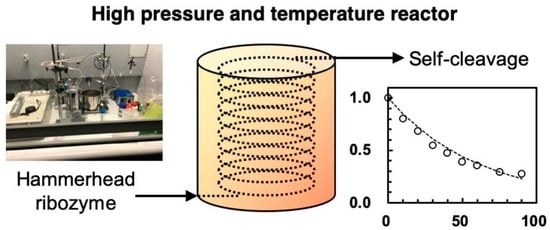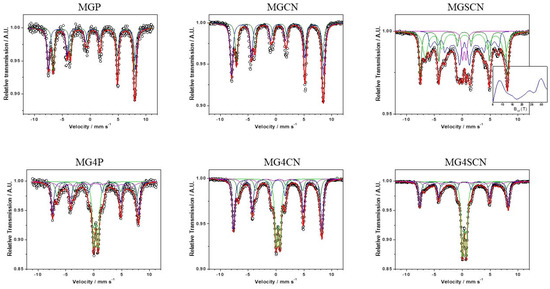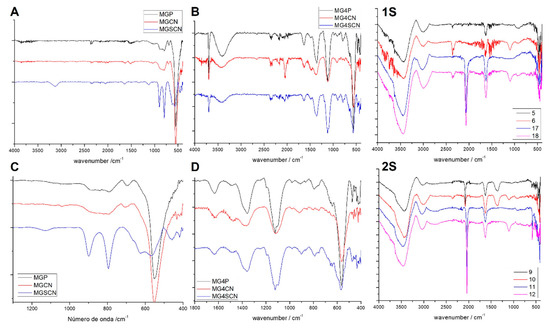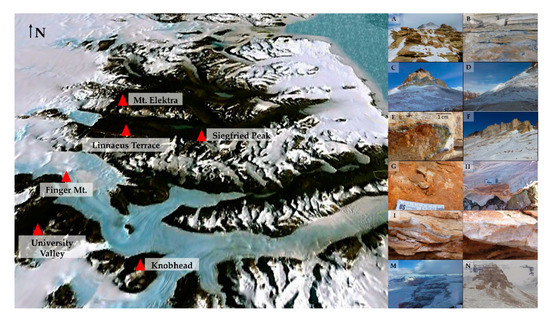What's on Board in the Journal Life
A topical collection in Life (ISSN 2075-1729). This collection belongs to the section "Origin of Life".
Submission Status: Closed | Viewed by 19571Editor
Topical Collection Information
Dear Colleagues,
This is a Special Issue of high quality papers in open access form by the Editorial Board Members, or those invited by the editorial office and the Editor-in-Chief. Authors can submit their manuscripts through the Manuscript Tracking System at https://susy.mdpi.com/user/manuscripts/upload?journal=life. Manuscripts are published upon acceptance, regardless of the Special Issue publication date.
Dr. Paul A Clarke
Guest Editor
Manuscript Submission Information
Manuscripts should be submitted online at www.mdpi.com by registering and logging in to this website. Once you are registered, click here to go to the submission form. Manuscripts can be submitted until the deadline. All submissions that pass pre-check are peer-reviewed. Accepted papers will be published continuously in the journal (as soon as accepted) and will be listed together on the collection website. Research articles, review articles as well as short communications are invited. For planned papers, a title and short abstract (about 100 words) can be sent to the Editorial Office for announcement on this website.
Submitted manuscripts should not have been published previously, nor be under consideration for publication elsewhere (except conference proceedings papers). All manuscripts are thoroughly refereed through a single-blind peer-review process. A guide for authors and other relevant information for submission of manuscripts is available on the Instructions for Authors page. Life is an international peer-reviewed open access monthly journal published by MDPI.
Please visit the Instructions for Authors page before submitting a manuscript. The Article Processing Charge (APC) for publication in this open access journal is 2600 CHF (Swiss Francs). Submitted papers should be well formatted and use good English. Authors may use MDPI's English editing service prior to publication or during author revisions.
Keywords
- Prebiotic Chemistry
- Origins of Life
- Astrobiology/Astrochemistry
- Detection of Life
- Protocells
- RNA World
- Evolution of Early Life
- Habitability
- Evolutionary biology










